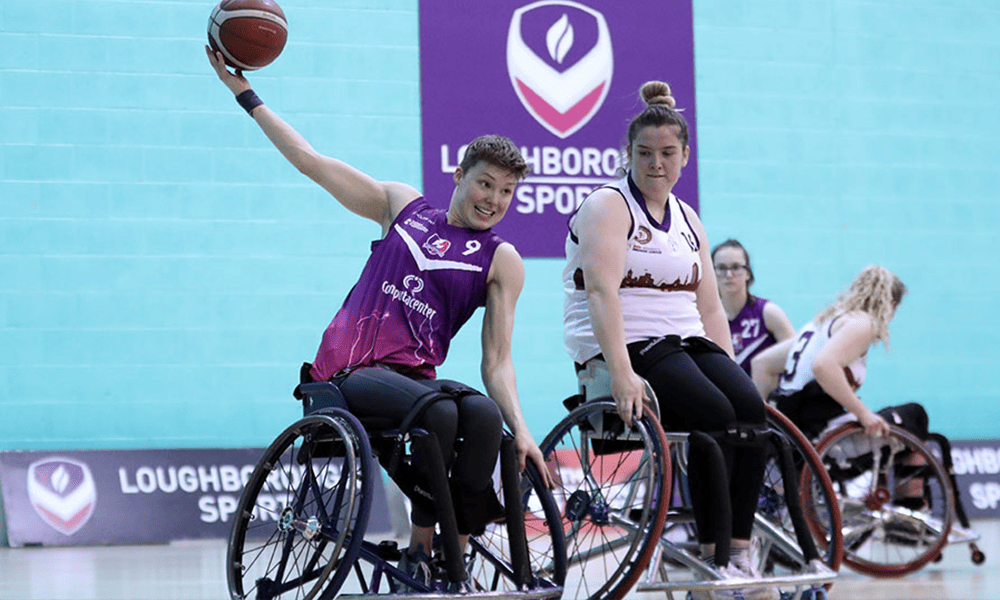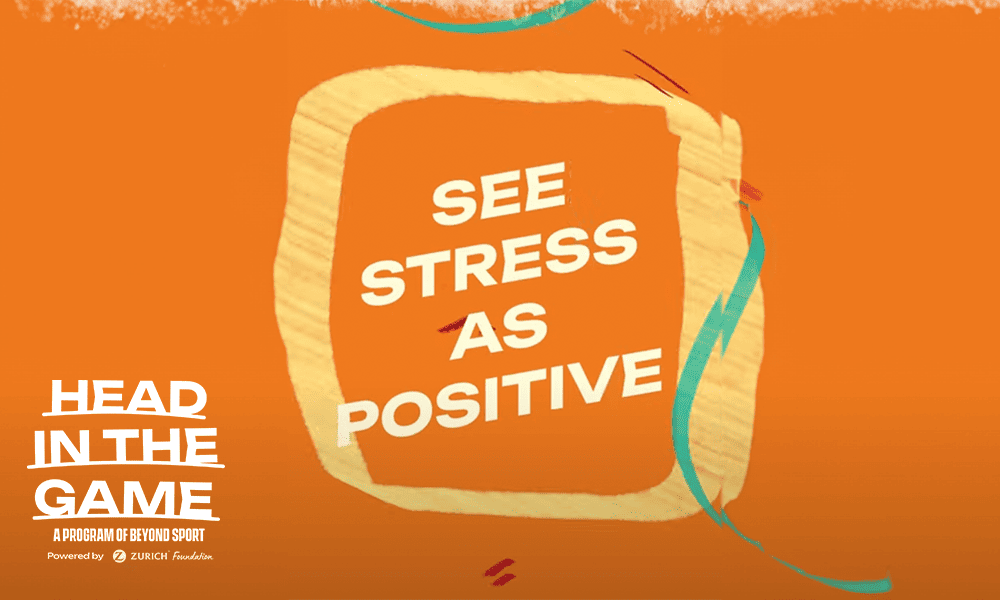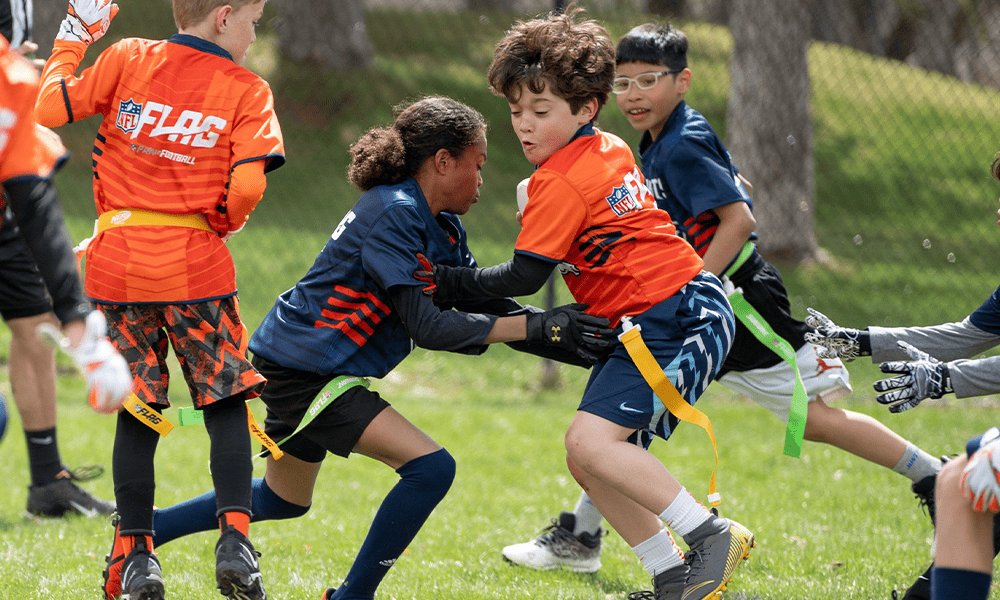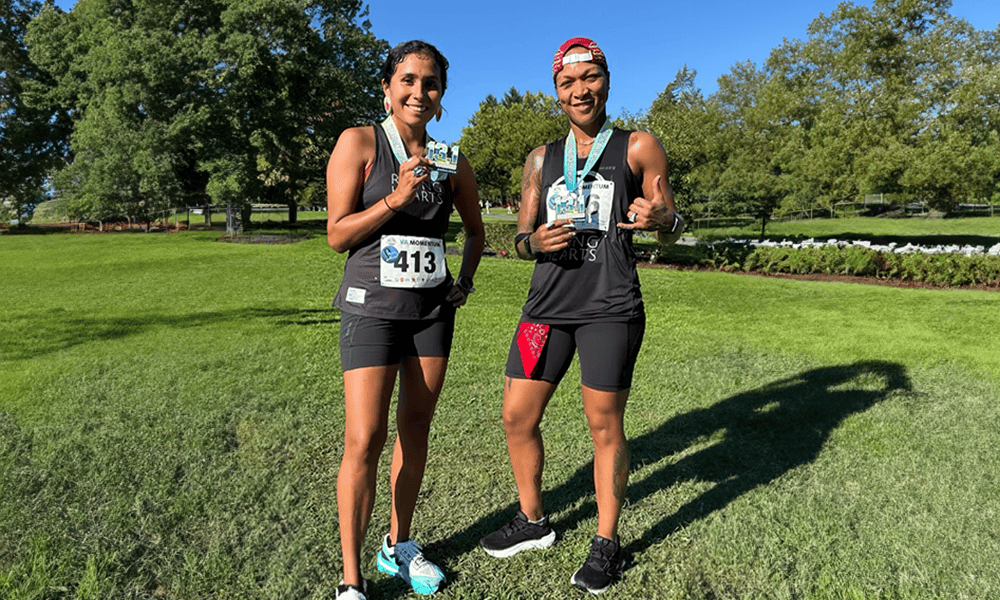May 27, 2022
Childhood trauma is a pervasive public health issue with significant lifelong impacts. This makes it imperative that anyone dealing with children – including in a sport capacity – take proactive action. In recognition of Mental Health Awareness Month in the US, we encourage you to read The Center for Healing and Justice Through Sport‘s (CHJS) resource highlighting why and how sport should be-trauma informed.
“Physical activity is good for the brain, the body and mental health. In fact, for many young people who have experienced trauma, being active on a sports team may be the only time their bodies feel good,” the organization notes. “Moving forward with this intention, CHJS sees that sport has the potential for trauma recovery.”
In its white paper, CHJS illustrates a few ways in which trauma-informed practices can be implemented in different contexts for those leading, designing or contributing to sports-based programs. The report also offers practical ways that sport can contribute to the mental wellness of youth.
CLICK HERE TO READ CHJS’ WHITE PAPER

Non-profit CHJS is a community of coaches, sport experts, psychologists, scientists and strategists on a mission to make sport healing for all youth, everywhere, through training, consulting and movement building. The organizaton wants to change the way society views sport on an individual level and as a culture, believing that the sector can help heal trauma and build resilience.
According to the Substance Abuse and Mental Health Services Administration (SAMHSA), more than two thirds of children reported at least one traumatic event by age 16 in the US; at least 1 in 7 children have experienced child abuse and/or neglect and more than 1,000 youth are being treated in emergency departments for physical assaulted-related issues. Additionally, 62% of children living in poverty and 64% of Black children have experienced one or more traumatic events as defined by an Adverse Childhood Experiences (ACEs) study.
“The work that is already being done is inspiring, and more can be done to make a trauma-informed approach more widely understood, prioritized and utilized. We hope that this paper contributes to that goal and gets those working directly with young people thinking about additional strategies that might work in their context,” states CHJS.





